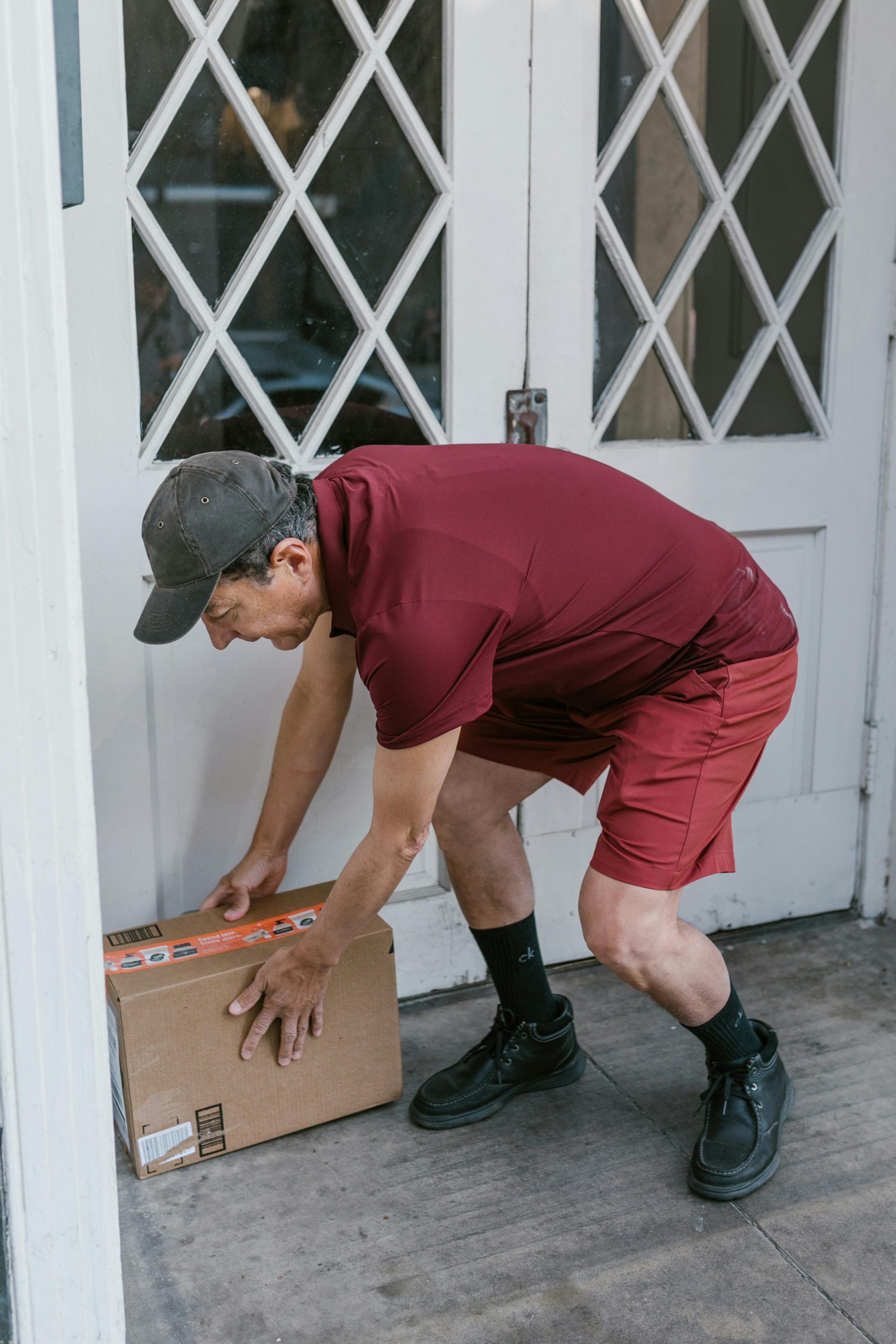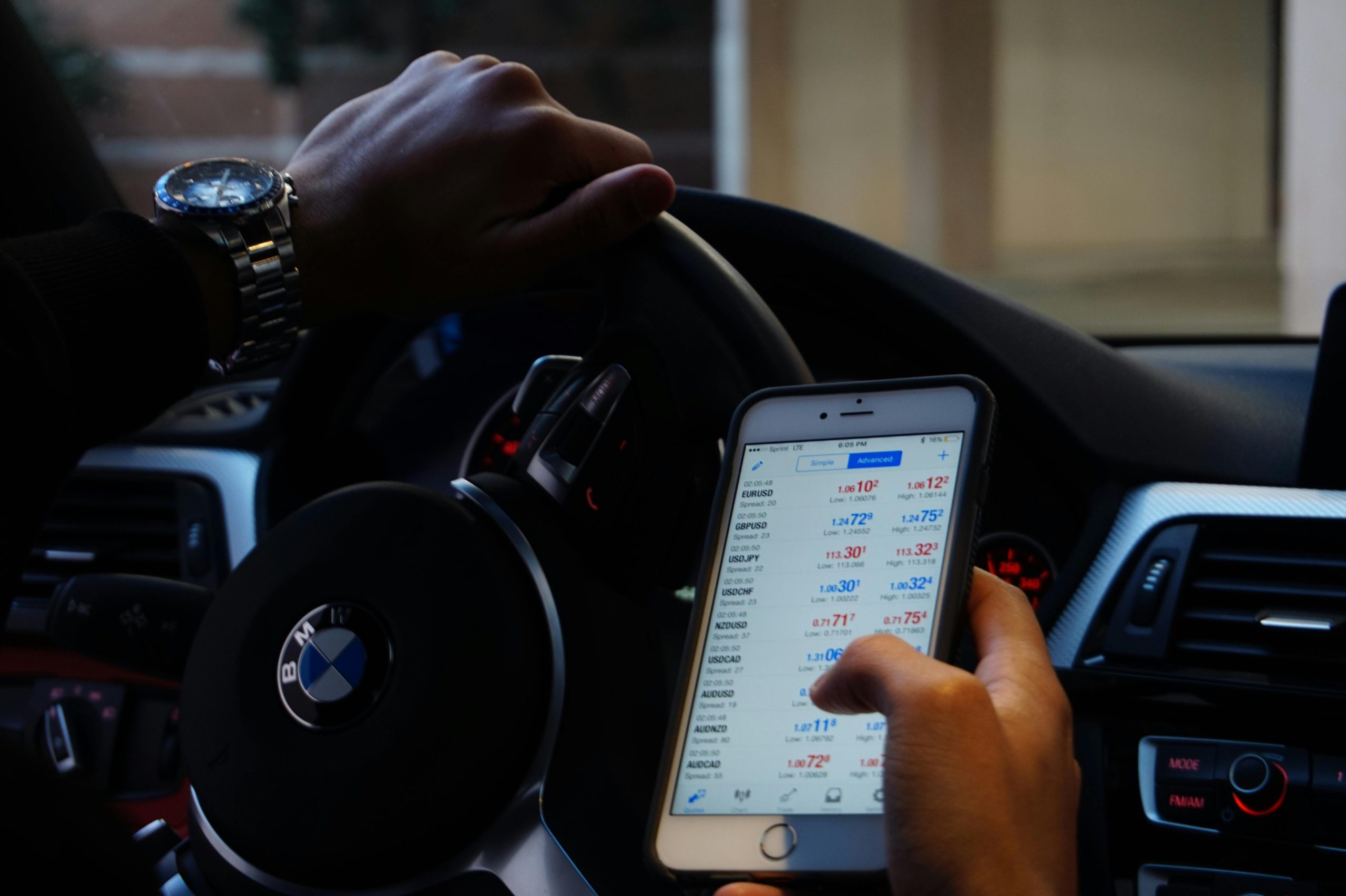Rear-ended while stationary on the road!
While leaving work on a two-lane road, the driver in front of me suddenly stopped about 20 feet ahead. Considering the wildlife in the area, I assumed she might be stopping for geese or some other birds. With traffic behind me, I reduced the gap to about 12 feet, leaving enough space for unexpected events. What I didn’t anticipate was her car reversing right into the front-left corner of mine—it happened so fast! I couldn’t back up because of the cars behind me.
We pulled over to exchange information. Although she works in a department I’m not familiar with, we discovered that we share the same insurance provider. I also contacted the local police to file a report.
I notified my insurance company and provided them with her details. They opened a claim under my policy, which they said is standard procedure. Now, they will wait for her to file a claim so that my coverage can be processed under hers. They mentioned the possibility of opening a claim on her policy after their internal investigation. Fortunately, my dash cam footage cleared me of fault, and I’ve received a complete estimate for the repairs.
What are the next steps? Does this process seem correct to anyone? It’s been about 20 years since I last dealt with an insurance company!




It sounds like you’ve been through a frustrating situation, but it seems you’ve handled it well! Here’s a rundown of what typically happens next in cases like yours:
Claims Process: Since you have dash cam footage showing that you weren’t at fault, that evidence should support your claim. Your insurance company will likely conduct their own investigation, which may include reviewing your footage and any police report.
Insurance Communication: Your insurance company will await the other driver to file a claim. Since you both have the same insurer, they will be able to coordinate directly between both parties. This does often involve some waiting, as they need both sides’ information to determine liability objectively.
Repair Approval: Since you already have a repair estimate, your insurance company will use that to determine how much to cover. Once it’s confirmed that you are not at fault, they should authorize the repairs on your vehicle.
Financial Responsibilities: If her policy is deemed responsible, her insurance should cover your repair costs, including any other losses (like rental car costs if applicable). If there are complications or delays, your own insurance may cover the costs upfront and then seek reimbursement from the other party’s insurer.
Dealing with Delays: Sometimes, the process can take longer than expected, especially if the other driver is slow to make a claim or if there are disputes about fault. Just keep in touch with your insurance company for updates and to ensure everything is moving forward.
Review Your Policy: It might also be wise to review your policy regarding coverage for uninsured motorists or liabilities that could arise from such incidents, just to be prepared for any unexpected developments.
In short, it sounds like you’re on the right track! Just stay in contact with your insurance adjuster, provide any necessary documentation, and make sure to follow up regularly. Hopefully, everything will get resolved smoothly.